A knock on my 60,000-year-old home, the next moment, I was staring down the barrel of a gun
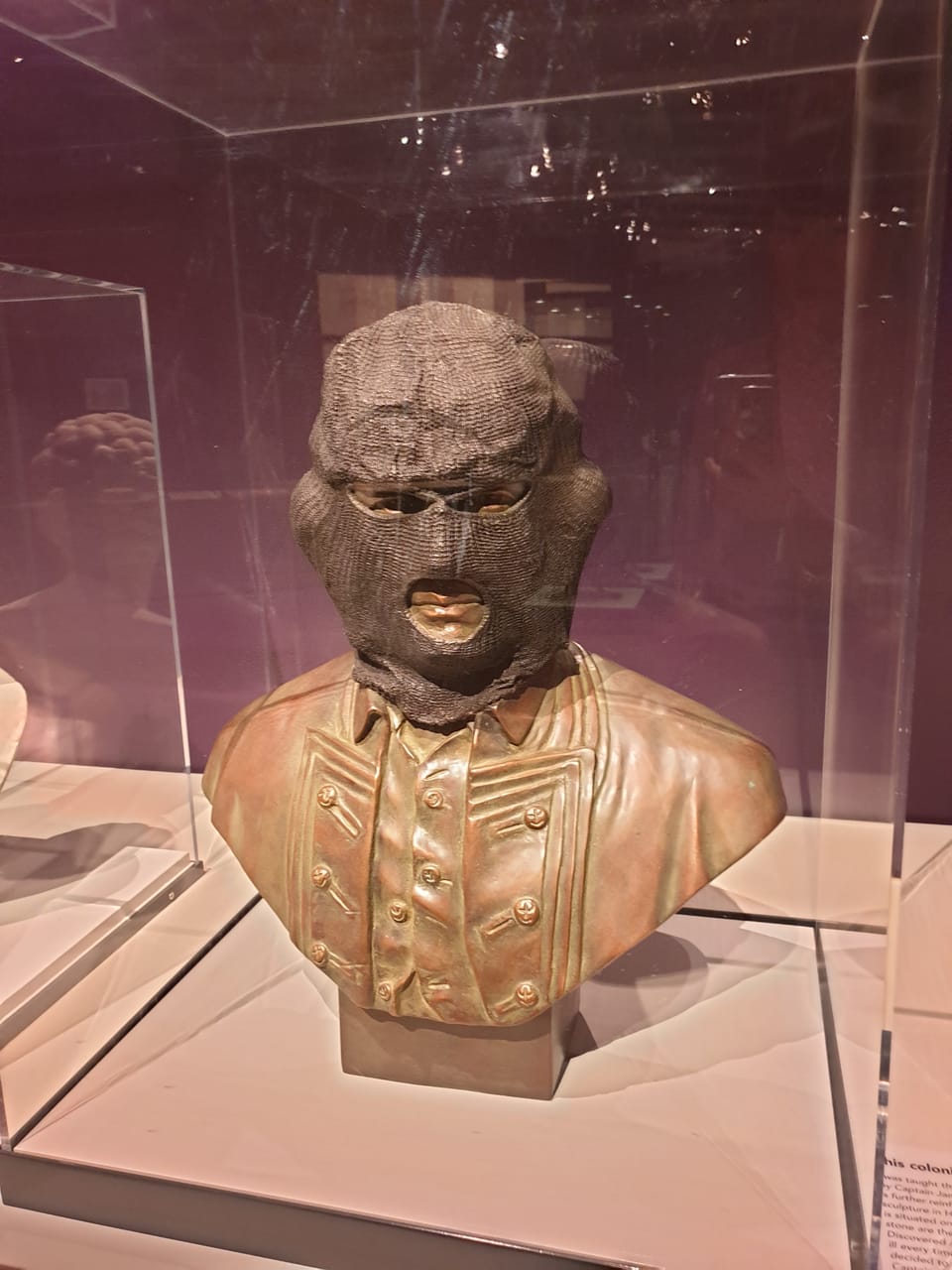
The wooden hulls of 11 ships embrace the turquoise sea: Australia, 'officially' declared 'Terra Nullius' (Latin for Nobody's Land). Pale white faces wink up to the sun, emerging from the decks. “Now that sunlight you never see in England but here down under!”
A woman dressed in a silk white dress adorned in a white hat pawed her husband's arms with puckered lips, fanning herself. “Oh darling! Why did we have to leave England, our family behind and move to such an empty lot?”
A navy man shook his head. “Look here, I brought the precise blueprints for our house! Plus, I’ll build you a window so you can experience sunshine as radiant as your beauty!”
“Oh how I did well to marry you!” They fluttered their eyebrows. Upon landing, sailors and soldiers kicked sand, hoisting the British flag into the sky. This etched a historical day in Australian history - one that would be celebrated and contested to this day: Australia Day.
Australia Day is Australia's official national public day, held on 26th January annually. Australia Day is celebrated for Australia's multicultural diversity and land, also encouraging the reflection of our wrongdoing to Aboriginal land and culture. The nations' achievements are saved for Australia Day. Citizenship ceremonies, Australian of the Year Awards, and parades (both in air and ground) accompany Australia Day. In all, Australia Day follows the principles of Independence Day: family gatherings, picnics, and fireworks. Yet, what differs from Independence Day is that Australia Day is the celebration of the hoisting of the Union Jack in 1788, not the natives' fight for freedom. For Australia Day is not Australia Day to the First Nations: Invasion Day.


While the British Empire declared Australia another feather in their cap, Terra Nullius was far from correct. The First Nations had been living there for at least 60,000 years, and Captain James Cook, the first European to set foot on Australia, had met these natives already. When a full complement of British Marine Corps arrived on Australian soil, they delivered themselves on horses, slinging their guns over their necks and frowning faces, and went on hunting. They exhausted 200 rounds of ammunition, and the forest's aftermath was a complex of smoking trees. Therefore, some people consider January 26th Invasion Day or Survival Day, when they were invaded by the Europeans. On Australia Day every year, protests and events spearheaded by Aboriginals are held. However, their stories are not only told in marches, but history.
Invasion Day has deep roots and branches of spurred events, both indirect and direct. The forest air thickened with clouds of sulfur and charcoal, and the dirt was littered with spearheads and stale blood. The British equipped settlers and prisoners with guns for self-defence. The Aboriginals were massacred, killed more by armed bands of settlers than the marines. As a government response, from 1905-1967, Aboriginal families were moved to rural areas and children were forced into White Australian society away from their families, marking the Stolen Generation. Yet, history is easily overlooked: perhaps art can make a difference?

While Invasion Day's complicated history continues to grow, the natives being a rare sight, their art is ubiquitous, speaking for the physical absence of their minds. We Call Them Pirates Out Here, a painting by Daniel Boyd, depicts Captain James Cook, the first European to reach Australia. However, Captain James Cook is wearing an eyepatch, the crew members following him yielding a Union Jack vandalized with a skull. Even after he met the Aboriginals, he declared the land 'Terra Nullius', robbing the Aboriginals of their rights. While Cook remains a huge figure to Australia Day, he is all but a savior to the Aboriginals.

Another Aboriginal artwork reflects on the Aboriginal rights erased by the British. Yhonnie Scarce's Death Zephyr is a suspension of 2000 individual glass shards suspended in the air, stuck in the assumption of going up or down. This artwork is a tribute to a British nuclear weapon testing on Aboriginal land. While the air raid siren went out for any British settlers in rural areas, the British cut the line over Aboriginals, rendering them unaware of the testing. As a result of direct and indirect exposure to nuclear testing, 2000 Aboriginal people died. The 2000 individual glass shards are therefore an allusion to how the nuclear test moults the surrounding sand into glass, and the number of Aboriginals killed during the ignition.
Australia Day is a mix of celebration and reflection, marking both the arrival of the British and the suffering of First Nations people. The legacy of colonization still affects Aboriginal communities, and their voices persist through art. The past cannot be changed, but remembering its meaning and raising our voices is our responsibility as those who live in the present.
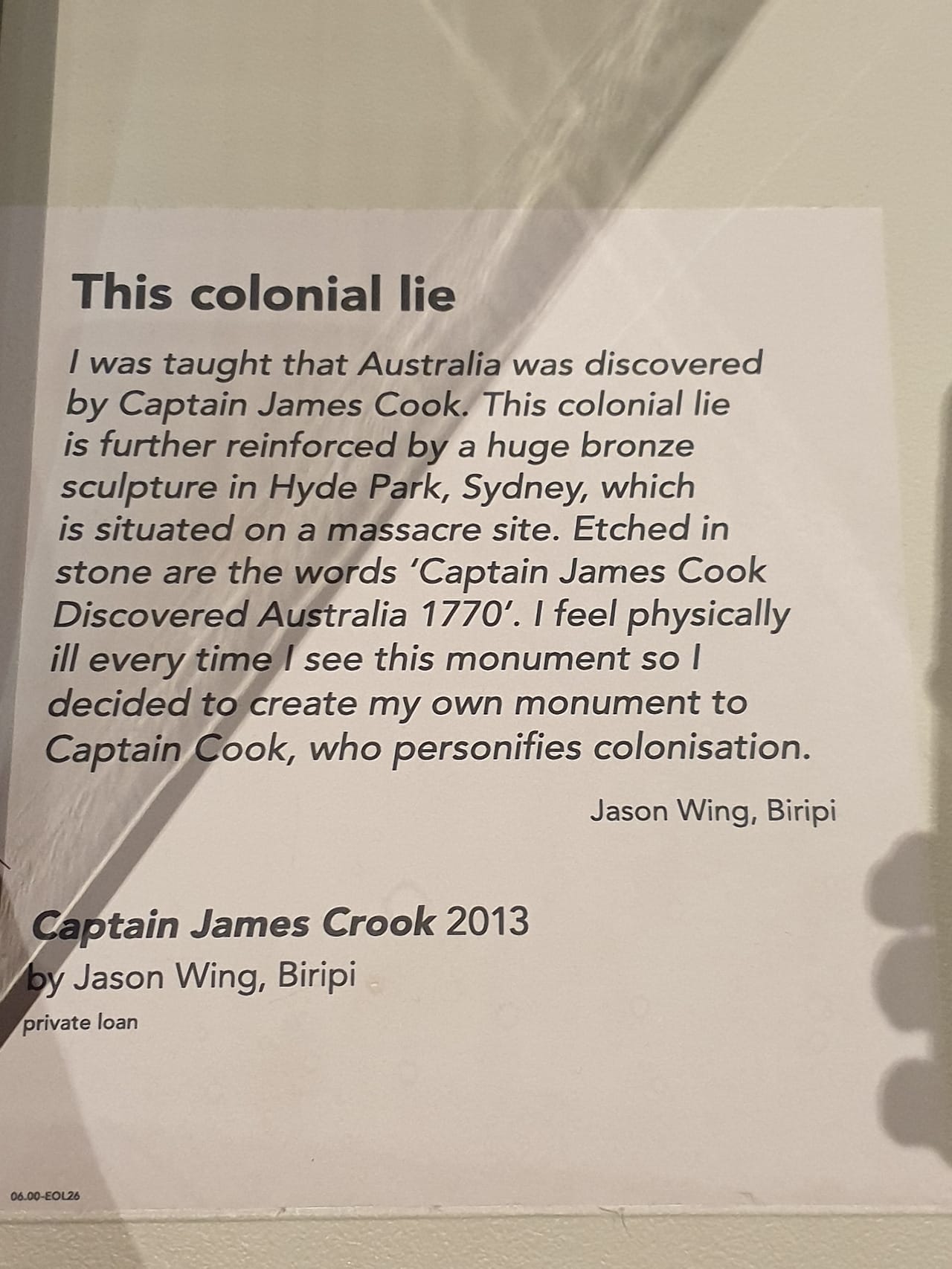
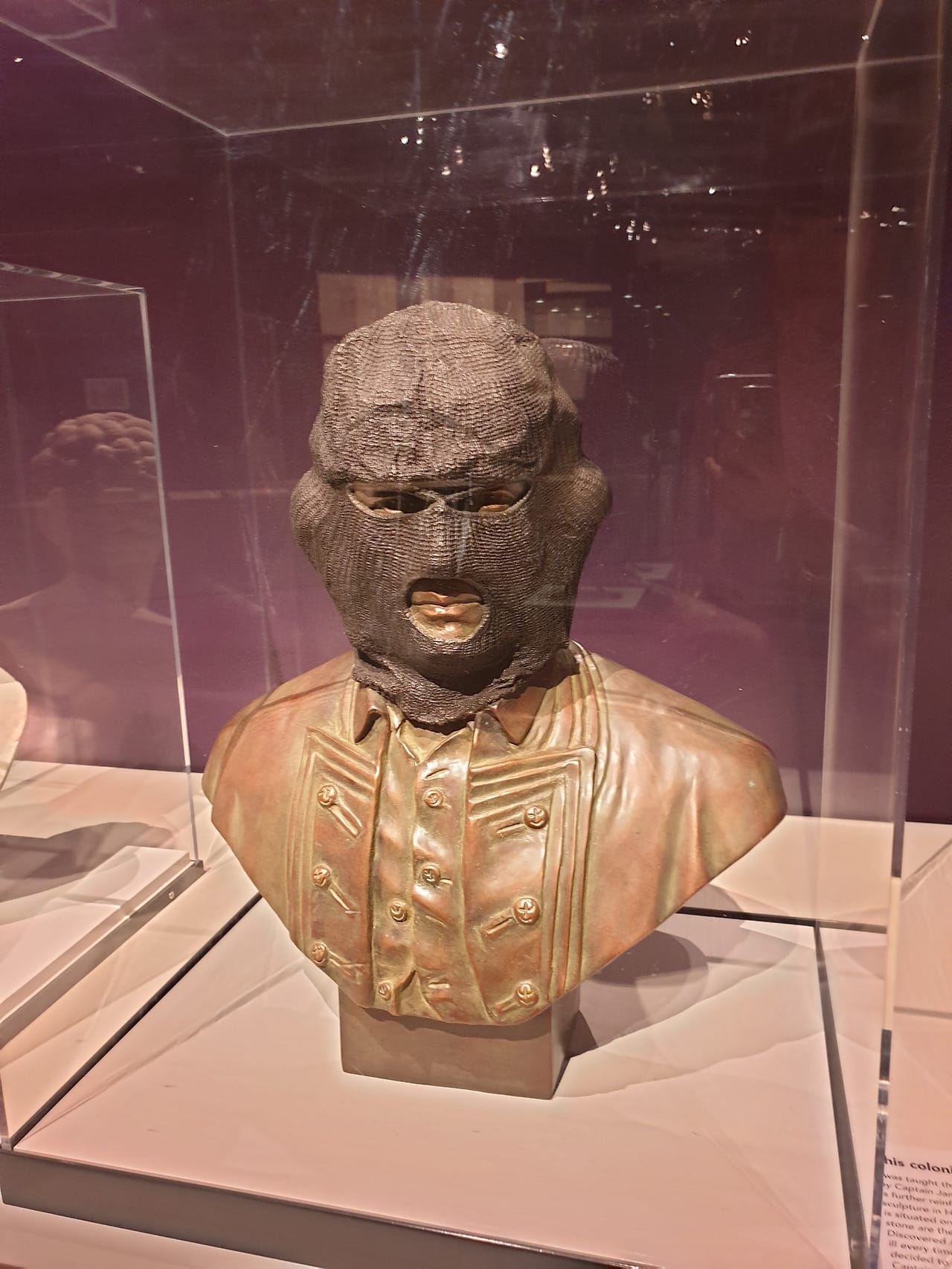
Jason Wing's work at the National Museum of Australia in Canberra.
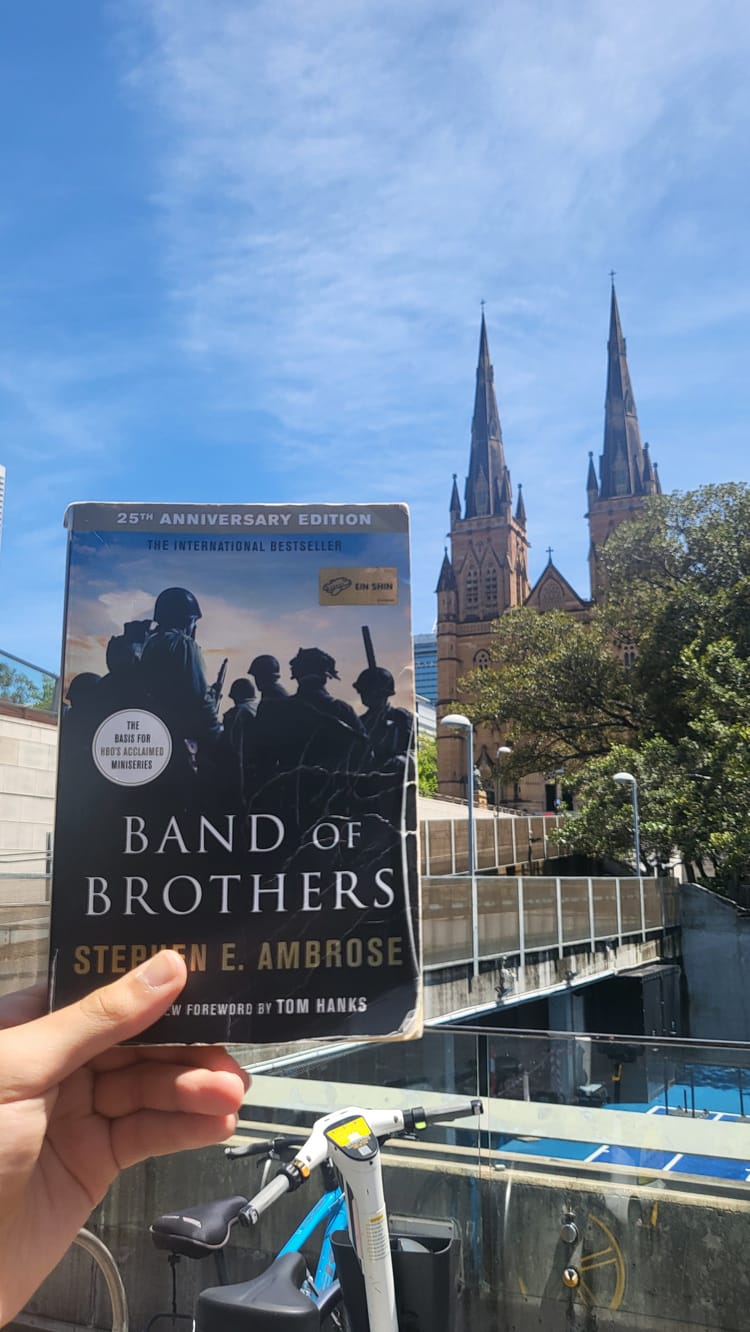
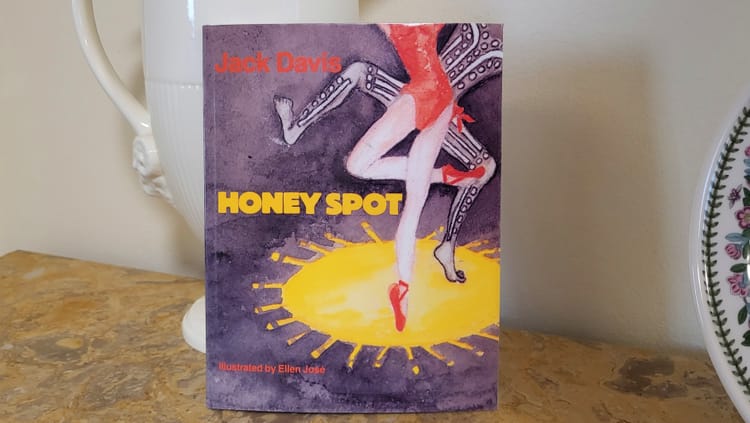
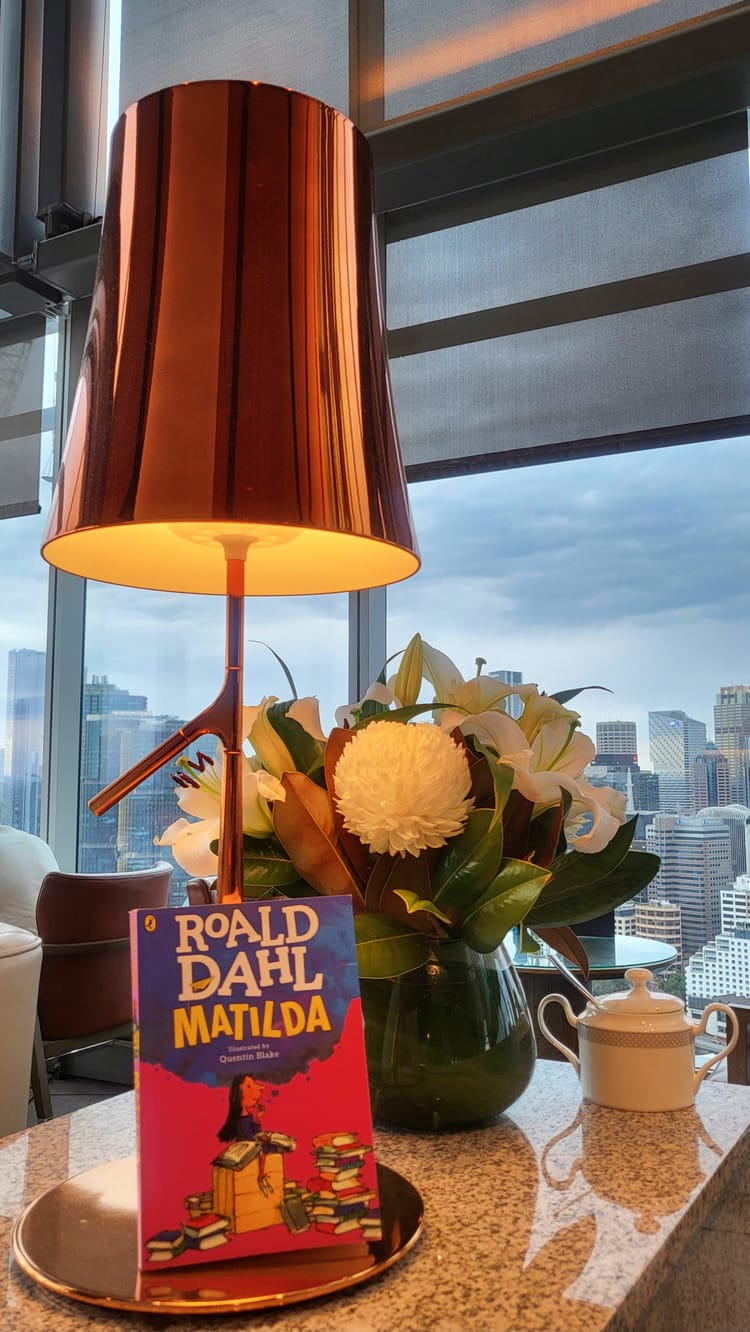
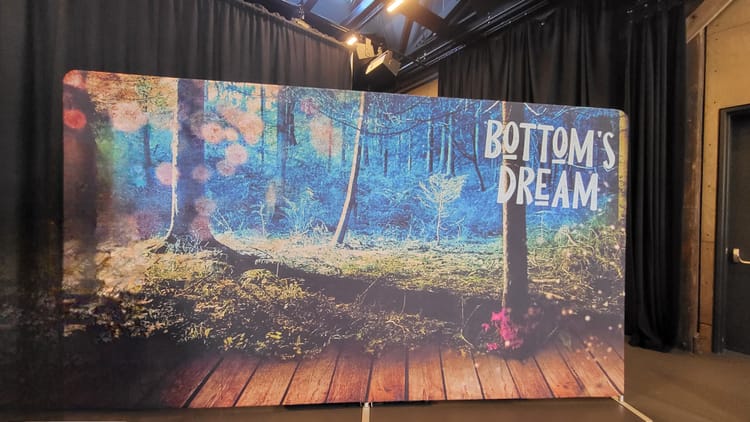

Member discussion